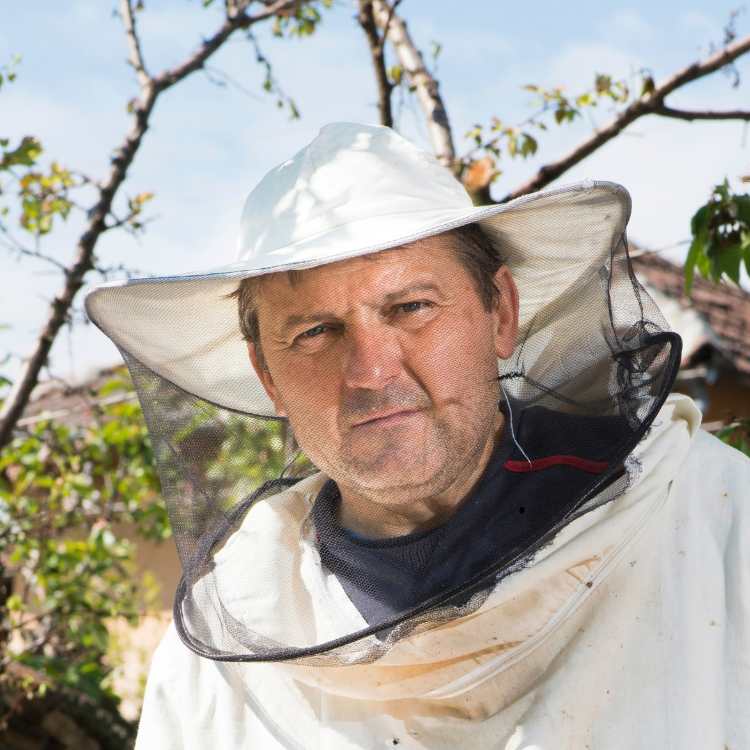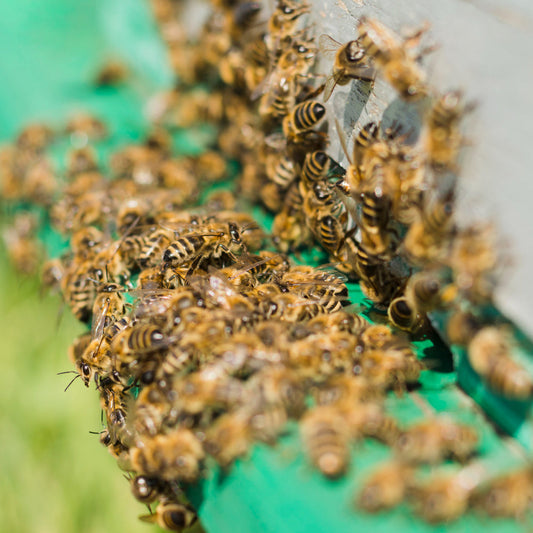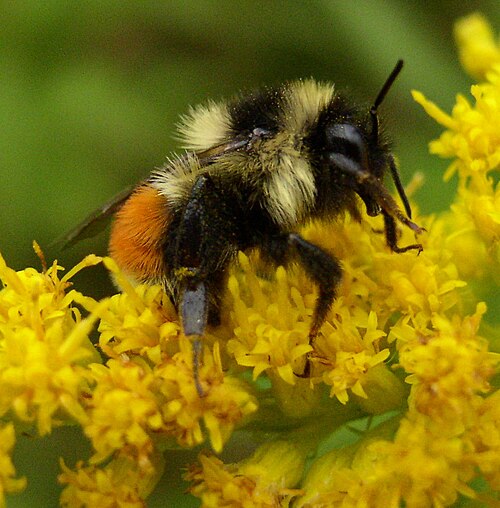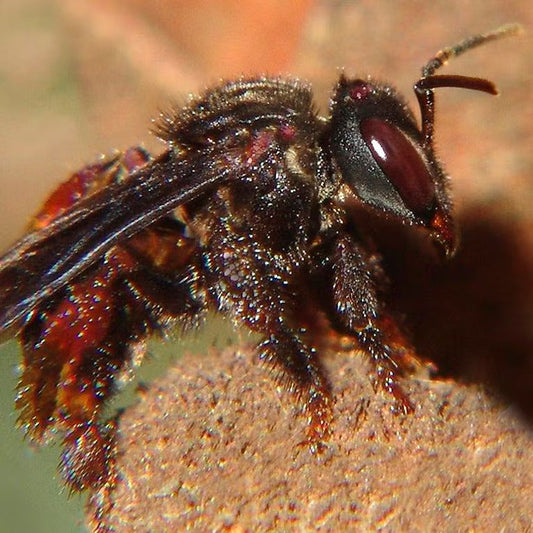Birds chirping. Flowers blooming. A faint warm breeze and sun. Spring is the season that we all wait for. It is the season for renewal as nature rises from the winter slumber. Bees too love the spring. But with us threatening the bee population, many of us are left to wonder how to help bees this spring. If you too have been struggling with the same thought, you are here at the right place. Here’s how you can make a difference—make this spring a haven for bees.
Small actions to make a big difference this spring
From planting the right flowers to setting up cute little bee hotels, here are the easiest ways to answer the question of how to help bees this spring. The best things you can do include
Grow pollinator friendly plants
Bees need pollen and nectar to survive and thrive and flowers are the source. But not all flowers are able to offer the same level of pollen and nectar to the bees. Some are just better than others. Consider planting
- Grape hyacinths: Blue purple flowers that bloom early in spring. These offer a rich source of nectar for the bees. Plus, grape hyacinths thrive in both sun and shade so they are quite versatile for any garden.
- Snowdrops: These start to bloom as early as late winter; snowdrops provide a crucial food source when little is available. These blooms prefer shady spots under trees or shrubs.
- Dandelions: While many consider dandelions to be a type of weed, did you know that these are excellent pollen sources for bees? Let them grow to help hungry bees this spring.
- Crocuses: These vibrant flowers bloom in late winter and early spring, giving bees one of their first meals after hibernation.
A study in Nature found that gardens with a variety of flower species attracted 50 percent more bees than those with only a few species.

Sow summer flowering seeds
When wondering how to help bees, it is important to remember that spring is not the only season when bees need help. Start to plant summer blooming flowers now so that your garden remains a vital resource for bees throughout the year. We recommend summer plants like
- Foxglove: Quite a hit with bumblebees, the tubular foxglove flowers offer ample nectar.
- Catmint: Produces long lasting blooms that attract many pollinators.
- Allium: These globe shaped blooms offer abundant nectar for the bees. Plus, these vibrant flowers look quite stunning in any garden.
- Red clover: A top choice for honeybees, as these are rich in nectar. Red clover is also quite easy to grow and requires very little looking after.

A honeybee harvesting nectar from a foxglove flower
Build a bee hotel for solitary bees
Did you know that over 90 percent of bee species are considered to be solitary, meaning that they don’t live in hives? Mason bees and leafcutter bees are prime examples of solitary bees. These bees are excellent pollinators but on their quest, they need a safe space to nest. Setting up a bee hotel in your garden can be a fun side project that helps the bees with shelter.
How do you set up a bee hotel?
- Buy a ready made bee hotel online. These are generally made of wood and are quite easy to install in your garden.
- Alternatively, you can choose to build one yourself using wood, bamboo, and hollow stems.
- Place it in a sunny, sheltered location. Face it preferably in the south or south-east.
- Secure the bee hotel to a post or fence at least three feet off the ground.
- Keep it dry and away from pesticides.
Once the bee hotel is set up and ready for guests, you might start seeing female bees laying eggs in the tunnels. Leave it in the open and over time, your garden will become a thriving home for these essential pollinators.

A bee hotel
Embrace a wilder garden
We know how cool a manicured lawn or a tidy garden looks. But have you thought if they are appealing to the bees? Probably not. If you are wondering how to help bees, adopting a more natural approach can provide bees with better resources. Let some areas of your lawn grow to encourage the growth of wildflowers. Wildflowers are excellent sources of nutrition for bees. Also, avoid excessive weeding. Many so called weeds, like clover and dandelions, are excellent for bees. We also, suggest having some bare soil in your garden to help the bees that are ground nesting, which makes up for 70 percent of bee species.
Provide sources of water
Just like us, bees need water to survive. However, they are not able to drink from deep pools or birdbaths. Help them stay hydrated by filling up a shallow dish with water and add pebbles for landing spots. You can place these in sunny and sheltered locations and refil it as necessary. Remember to change the water regularly to prevent mosquito breeding.

Bees drinking water
The buzzing conclusion
There is simply no debating the fact that bees are essential. For those wondering how to help bees, the future does not seem too grim. With our support, the declining population of bees can be fixed. Small changes in our lives and gardens can make a tremendous difference. So, as the spring arrives, let’s all do our part. Knowing how to help bees is not just about saving bees; it is to ensure a stable ecosystem and ensuring a healthier planet for future generations.
Looking to get buzzing with action? Learn more about bees and beekeeping from our complete blog here. Know how a small change can make a huge difference.





